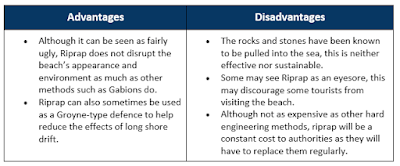Organic
Food:
Organic food production in the UK is regulated by several
bodies including the soil association.
Currently in the EU organic producers are required to have
certification in order to market their food as organic.
Supporters
claim that organic farms have a smaller environmental impact than conventional
farms, these are the benefits:
- Organic farms do not release synthetic pesticides into the environment.
- Organic farms are better at sustaining diverse ecosystems- populations of plants and insects, as well as animals.
- When calculated per unit area or per unit yield- organic farms use less energy and produce less waste.
- Farmers and their families are not as exposed to pesticides which can also cause stomach upsets and even cancer.
Drawbacks
of organic farming:
- Organic food is more expensive because of the high production costs- cause mainly by the intensive use of labour.
- The appearance of organic food can be less uniform.
- There is also uncertainty of whether organic farming could ever be developed on a big enough scale to feed more than just a small proportion of the population.
Food
Miles/Seasonal Food:
Food miles are a way of calculating how far food travels to
reach its consumers.The quantity of food miles on our roads has doubled since
1974. In the UK, a
typical basket of 26 imported organic foods may have travelled the distance of
six times around the equator. The amount of food miles
is increasing for each family in the UK.The
only advantage to food miles is that the consumer has a choice of food that
cannot be produced locally, this includes raw ingredients such as spices,
herbs, fruit and processed foods from specific regional recipes.
Problems
with increasing food miles:
- Obvious environmental impact of transportation
- Reduced freshness of produce.
- Potential to pollute eco-systems with non-native species (insects in fruit etc.)
- Less control over production to local standards.
Case Study-
- Despite having a big production of potatoes in the UK, 350,000 tonnes of potatoes are imported per year.
- In the UK 89% of fruit is imported.
- An example of a seasonal food is Strawberry's. A seasonal food is food that isn’t naturally available throughout the whole year – they have seasons of growth as they needs the right conditions.
- Apples, onions, carrots and Green beans are also seasonal. So how do we get them in supermarkets all year round? Imports. Apples are imported 4700 miles from USA, Onions are imported 12,000 miles from Australia and New Zealand, Carrots are imported 5,100 miles from South Africa and Green beans are imported 3,600 miles from Kenya.


















